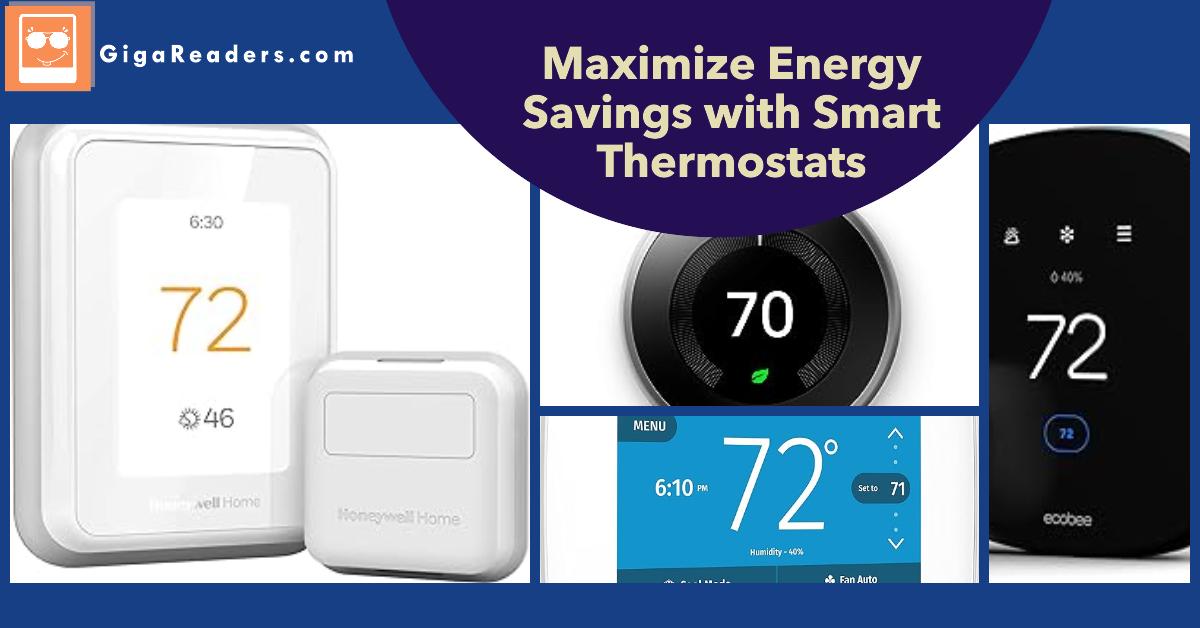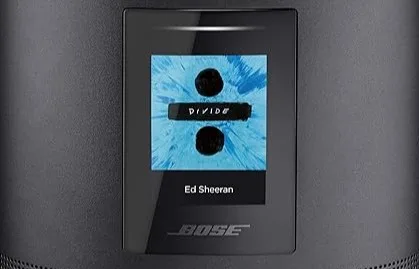The rise of smart home technology has brought numerous benefits to modern households. Among these innovations are smart thermostats – devices designed to optimize heating and cooling systems while providing convenience and energy savings. These compact gadgets learn from your daily routines and preferences, adjust temperatures accordingly, and can even communicate with other smart appliances in your home. Let’s delve into the advantages and features of smart thermostats and compare some top-rated options available today.

Table of Contents
- Energy Efficiency Benefits
- Convenience and Control
- Integration with Smart Home Systems
- Learning Capabilities
- Remote Monitoring and Alerts
- Compatibility and Installation
- Environmental Impact
- Data Privacy and Security
- Cost Considerations
- Future Trends and Innovations
- Top 5 Leading Smart Thermostat Models
- Conclusion
- FAQs
Energy Efficiency Benefits
One major advantage of smart thermostats lies in their ability to save energy by learning user habits and making temperature adjustments based on occupancy patterns. According to ENERGY STAR, homes equipped with smart thermostats could potentially save up to $131–$145 annually compared to traditional manual or programmable models. Furthermore, many utility companies offer rebates for installing qualifying smart thermostats, further reducing costs.
Convenience and Control
Smart thermostats enable users to control temperatures remotely via mobile apps, allowing for quick changes regardless of location. Some models feature geofencing capabilities, automatically adjusting settings as users leave or return home. Moreover, voice commands through virtual assistants such as Amazon Alexa, Google Assistant, or Apple Siri add another layer of hands-free convenience.
Integration with Smart Home Systems
Most popular smart thermostats seamlessly integrate with various smart home ecosystems, including Samsung SmartThings, Wink Hub, and Apple HomeKit. Such compatibility allows for centralized management of multiple connected devices, enhancing overall household automation and efficiency.
Learning Capabilities
Advanced machine learning algorithms allow certain smart thermostats to adapt to individual user behavior over time. For instance, Nest Learning Thermostat analyzes data points like temperature preferences, humidity levels, and local weather conditions to create personalized schedules tailored to occupant comfort and energy savings.
Remote Monitoring and Alerts
Many manufacturers provide companion apps offering remote monitoring capabilities and alerts for extreme indoor temperatures, filter change reminders, and system malfunctions. Ecobee, for example, offers SmartHome/Konnect integration enabling push notifications regarding door/window openings, motion detection, and water leaks.
Compatibility and Installation
While most smart thermostats support low voltage HVAC systems (common in residential applications), verifying compatibility before purchasing is crucial. Most brands provide online tools to help determine whether a particular model will work with existing equipment. Professional installation may be required depending on complexity; however, DIY kits often include step-by-step guidance for straightforward installations.
Environmental Impact
By promoting efficient energy usage, smart thermostats contribute positively towards environmental sustainability efforts. Reduced reliance on fossil fuels leads to decreased greenhouse gas emissions, ultimately benefiting our planet.
Data Privacy and Security
As with any internet-connected device, data privacy and security concerns arise. Reputable brands prioritize customer protection by implementing rigorous encryption protocols, regular software updates, and transparent communication policies regarding data collection practices. Always review terms of service and opt for models incorporating robust cybersecurity measures.
Cost Considerations
Although pricier than conventional alternatives, smart thermostats typically yield substantial returns on investment within two years due to energy savings. Factor in potential rebates offered by utility providers, as well as reduced maintenance expenses resulting from advanced diagnostics and predictive analytics.
Future Trends and Innovations
Expect continued advancements in AI-driven predictions, enhanced voice command recognition, improved interoperability between devices, and increased adoption of renewable energy sources integrated with smart thermostats. Additionally, look forward to innovative partnerships between industry leaders driving new functionalities and integrations aimed at elevating consumer experiences.
Top 5 Leading Smart Thermostat Models
| Model | Integration with Smart Home Systems | Power Source & Reliability | Compatibility & Installation | Price | Learning Capabilities | Data Privacy & Security |
|---|---|---|---|---|---|---|
| Nest Learning Thermostat | Yes (Google Home, Works with Nest) | Rechargeable battery + WiFi connectivity | Wide range of compatible systems; professional installation recommended | ~$250 | Advanced self-learning algorithm | Encrypted cloud storage; two-factor authentication |
| ecobee SmartThermostat | Yes (Apple HomeKit, Amazon Alexa, Google Assistant, SmartHome/Konnect) | Internal lithium ion battery + power extender kit option | Easy DIY installation; broad compatibility | ~$250 | Room sensors for zoned temperature regulation | Local and cloud backup options; end-to-end encryption |
| Emerson Sensi Touch | Yes (Amazon Alexa, Google Assistant, Apple HomeKit, Wink) | Two AA batteries | Comprehensive compatibility check tool; simple DIY setup | ~$170 | Basic scheduling functionality | No subscription fees; encrypted communications |
| Lux Kono | Yes (Google Assistant, Amazon Alexa, HomeKit) | Four AA batteries | Broad compatibility; easy DIY installation | ~$150 | Manual programming only | End-to-end encryption; optional monthly subscription plans |
| Honeywell Home T9 | Yes (Google Assistant, Amazon Alexa, Samsung SmartThings) | Replaceable lithium metal battery | Geofencing capability; DIY installation | ~$200 | Advanced room sensing technology | Secure wireless connection; free app access |
Conclusion
Smart thermostats represent a significant leap forward in home comfort and energy efficiency solutions. With myriad benefits ranging from cost savings to eco-friendliness, investing in one makes sense for savvy consumers seeking modern conveniences and sustainable living practices. When selecting among the vast array of available options, consider factors such as compatibility, ease of installation, price point, and unique selling propositions that cater specifically to your needs.
FAQs
- Do all smart thermostats require C-wire connections?
Not necessarily; some models run on disposable or rechargeable batteries, while others utilize power extenders or adapters for non-C-wired setups. - Can I control my smart thermostat manually after setting up automatic schedules?
Absolutely! Manual override functions remain accessible even after configuring automated schedules, granting flexibility during unexpected circumstances. - How do smart thermostats impact air quality?
Although primarily focused on temperature regulation, several smart thermostats incorporate additional features like air purification, ventilation optimization, and allergen reduction. - Are there any government incentives for installing smart thermostats?
Certain states and municipalities offer tax credits or rebates for installing eligible smart thermostats, so it’s worth checking local resources for applicable programs. - What happens if my internet goes down?
While limited functionality may occur during outages, most reputable brands design their devices to maintain basic operations and restore full functionality upon restoration of network services.


